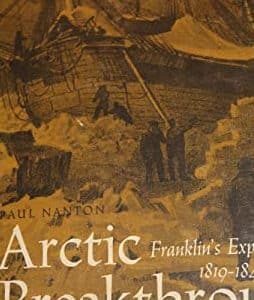Description
pp. xiv, 410, b/w illustrations, “Some angels wear business suits, and some run around stark naked, according to Heaven, a history of Christian ideas and images of the afterlife. Academics Colleen McDannell and Bernhard Lang have organized their history in roughly chronological order, beginning with ancient Jewish ideas about life after death and proceeding through centuries of elite and popular sources: St. Augustine, Emanuel Swedenborg, Paul Tillich, and Hal Lindsey. Two major images of heaven dominate the Christian tradition. One is theocentric (“eternal solitude with God alone”); the other is anthropocentric (believers are reunited with friends and family.) And yet, these two very different ideas often coexist in the same person’s mind. “There is a world of difference between what intellectuals state (and publish) as their considered opinion, and what they express in unguarded moments,” the authors note. Heaven can’t solve any mysteries about what happens after we die, but it does persuasively demonstrate that “the ways in which people imagine heaven tell us how they understand themselves, their families, their society, and their God.””






